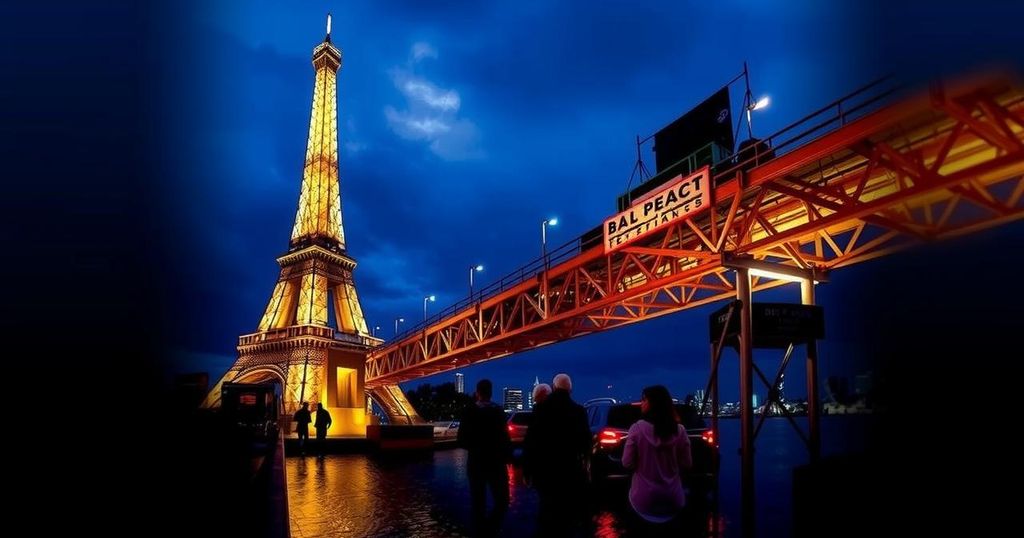Original Source: www.leparisien.fr
The tragic murder at a Paris McDonald’s highlights the darker undercurrents of personal grievances that can erupt into violence. The establishment, known for its cultural diversity and vibrant atmosphere, became a scene of horror when an age-old dispute over a family debt escalated into a fatal confrontation. This incident raises questions about the hidden tensions that often lie beneath the surface of seemingly ordinary lives and how personal conflicts can tragically intersect in public spaces. The inherent safety of familiar locales is suddenly called into question when familial debts and grievances turn deadly, reminding us of the fragility of life and peace in modern society.
In a shocking incident that reverberated through the bustling ambiance of a Parisian McDonald’s, a 60-year-old man lost his life to a 77-year-old gunman amid a bitter feud over a familial debt. The pair, who were acquaintances entangled in a web of personal disputes, faced off in the fast-food establishment located near Porte de Clignancourt, just as the lunch rush began to swell. Eyewitness accounts reveal a chain of events that escalated into violence when the elderly suspect opened fire, shattering the typical tranquillity of a lunch scene.
Witnesses describe the moment a heated argument spiralled out of control; the suspect allegedly discharged his weapon six times, hitting the victim in the head and chest. The air, thick with the smell of fries and uncertainty, was pierced by the sounds of gunfire, leaving patrons in panic. As reality settled in, the perpetrator made no attempt to flee, instead waiting calmly for police to arrive. A revolver—cold and foreboding—was discovered at the scene, serving as a chilling reminder of what transpired.
Currently in custody, the elderly suspect is being interrogated regarding his motivations, which stem from long-held grievances tied to family financial matters. Despite being unknown to the justice system prior to this incident, he expressed a deep-seated resentment during questioning, suggesting a history of unresolved conflict. Sadly, the void left by the victim’s untimely death was palpable; emergency services, arriving at the scene to perform life-saving measures, could do little but transport his lifeless body to the forensic institute. As the local community grapples with the shock of such an outburst in a familiar setting, a security perimeter now surrounds the fast-food restaurant, a stark contrast to its former bustle.




